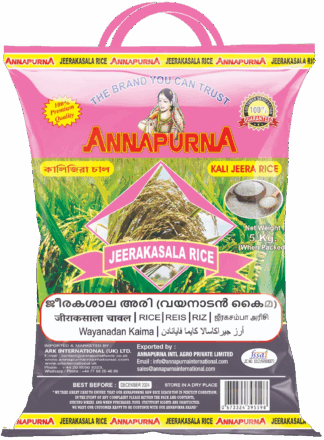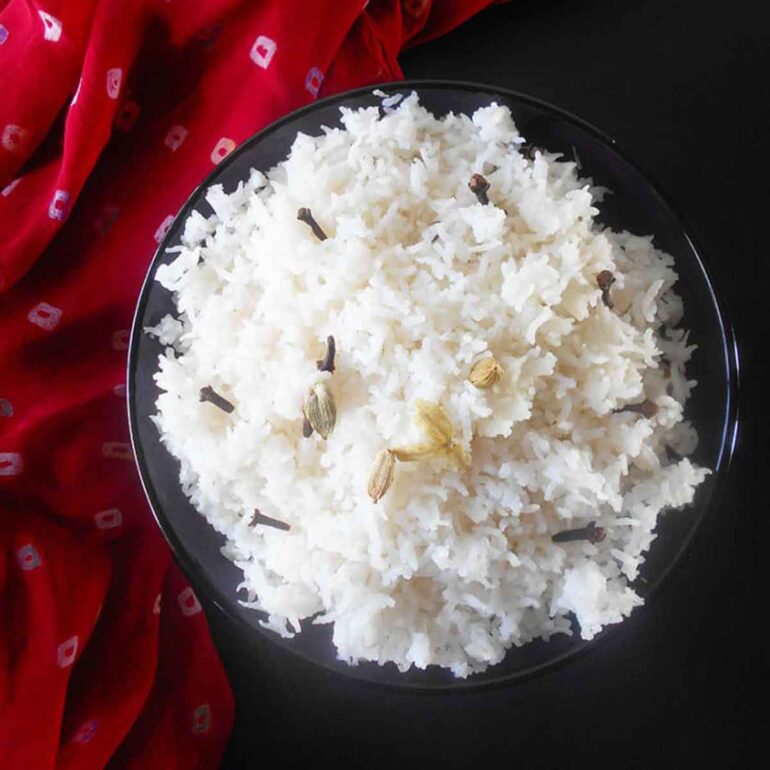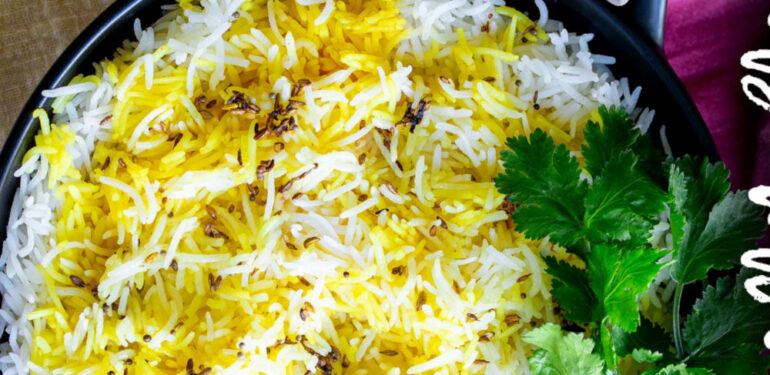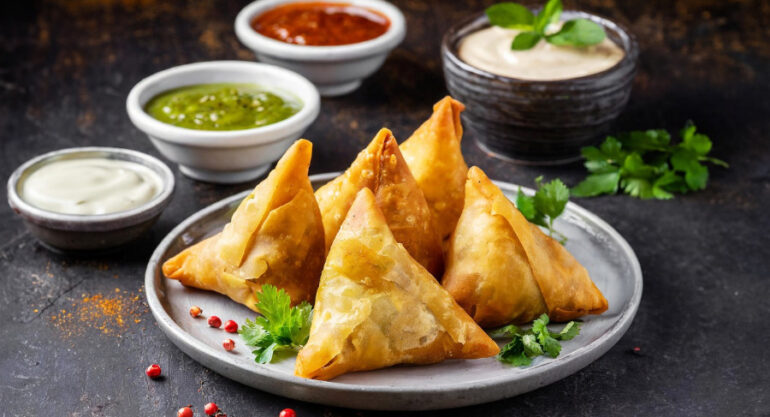If you’ve ever stood over your pressure cooker wondering, “Kitne seeti lagne chahiye?” for Sona Masoori rice, you’re not alone. My cousin Priya calls me every month asking this exact question. Let’s fix this once and for all.
Why Sona Masoori Loves Your Pressure Cooker
Sona Masoori is that light, fluffy rice perfect for daily meals. It cooks fast, doesn’t weigh you down, and pairs with everything from dal to curries. And the pressure cooker? It’s magic for this rice – quick, energy-smart, and foolproof… if you know the trick.
The Big Answer: How Many Whistles?
For most stovetop pressure cookers:
→ 2 whistles on medium heat.
That’s your golden number for separate, tender grains.
But Wait – It Depends
- Your rice: Fresher rice? Maybe 1.5 whistles. Older? Stick to 2.
- Your cooker: Heavy-bottomed? 2 whistles. Thin pot? Try 1.5 first.
- Your texture: Like it firmer? 1.5 whistles. Softer? 2.5.
- Start with 2. Adjust next time if needed.
The Real Secret? Water Ratio
Whistles mean nothing without the right water. Use this:
→ 1 cup rice : 1.5 cups water.
Always. Measure with the same cup.
Pro tip: Rinse rice 3 times till water runs clear. Stops mushiness.
My Foolproof Step-by-Step
- Rinse 1 cup Sona Masoori rice until water is nearly clear. Drain well.
- Add rice to cooker pot. Pour 1.5 cups water.
- Optional: ½ tsp salt, 1 tsp oil or ghee (prevents sticking).
- Seal cooker lid. Heat on medium-high.
- After the first steady steam hiss, lower heat to medium.
- Wait for 2 whistles.
- Turn off heat immediately.
- Let pressure drop naturally – 15 minutes. DO NOT open early!
- Open lid. Fluff rice with a fork. Done!
Electric Cooker? (Instant Pot)
No whistles here. Do this instead:
→ Manual/Pressure Cook mode: 4 minutes
→ Water ratio: 1 cup rice : 1.25 cups water
→ Natural release: 10 minutes
Fluff. Serve.
Troubleshooting Your Rice
- Mushy/Sticky? You used too much water. Or forced the pressure release.
- Hard/Undercooked? Needed more water or half an extra whistle.
- Burnt bottom? Heat was too high. Add that spoonful of oil next time.
Final Tip
Let rice sit fluffed for 5 minutes before serving. Spread steam evenly.
So next time, remember: 2 whistles + 1.5 water + patience = perfect Sona Masoori. No more gluey rice or guesswork. Go try it – and tell me how it turns out!














